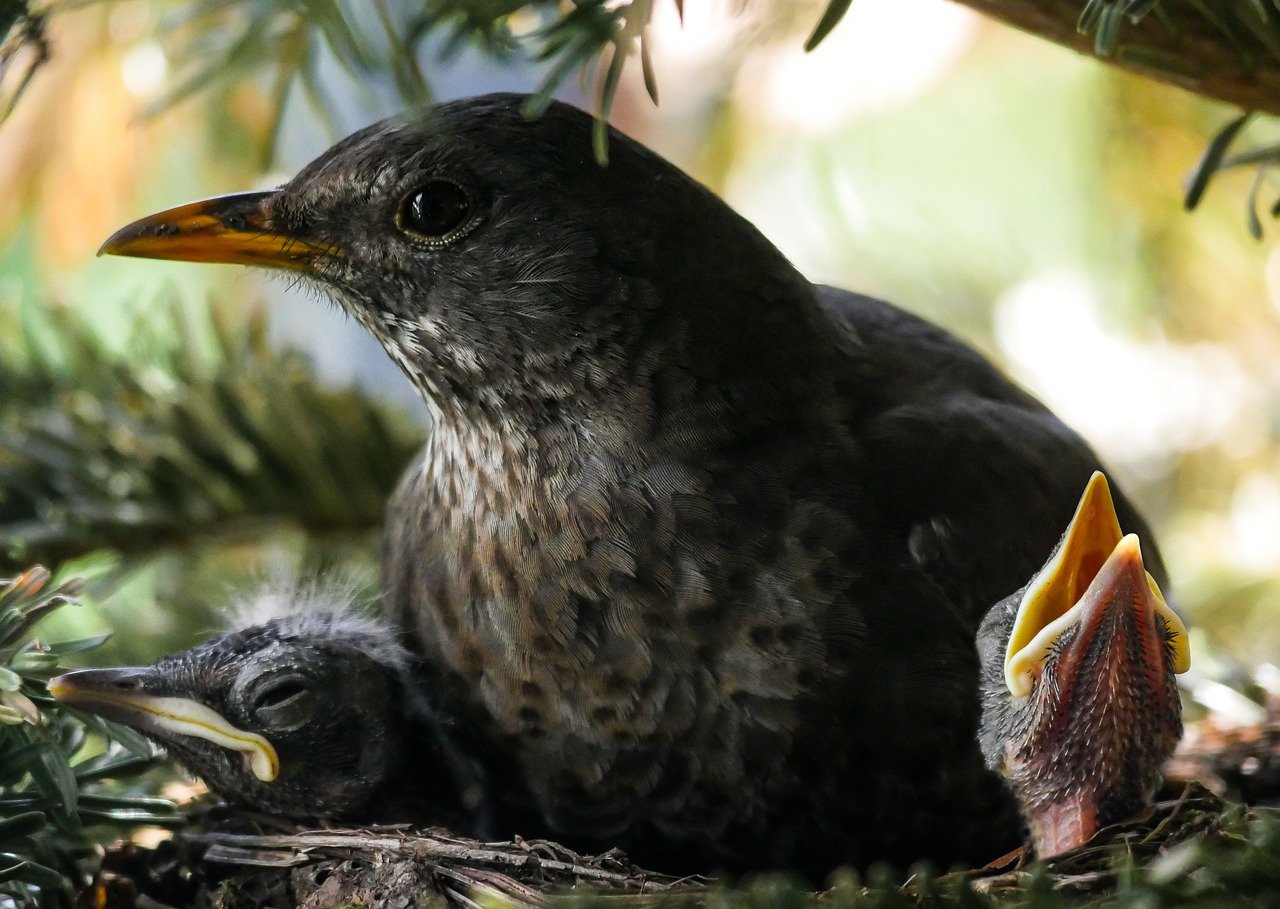Population trends for Swedish breeding birds
DOI:
https://doi.org/10.34080/os.v19.22652Keywords:
population studies, climate effects, habitat selectionAbstract
We have assessed the population trends for the 255 bird species breeding in Sweden (including distinct subspecies), based on data for the last 30 and 10 years, respectively. Over the past 30 years more species have decreased (38%) than increased (32%) in numbers. In particular, formerly common farmland species have fared poorly but this is also true for some forest species. Over the past 10 years there are more species with increasing trends (29%) than there are species with decreasing trends (19%). Trends for several species in long-term decline have levelled off and have in some cases even started to increase. It is not known whether this recent change is a result of conservation efforts or simply that population numbers have stabilised at lower levels now permitted by the environment. It is therefore essential to initiate research devoted to finding factors directly linked to ongoing population changes, particularly for species in long-term decline. To cover population trends for all Swedish species additional monitoring programmes are needed, in particular on owls and in mountain habitats.
Downloads

Downloads
Published
How to Cite
Issue
Section
License
The copyright of each contribution belongs to the author(s), but all contributions are published under a Creative Commons license, so that anyone is free to share and reuse the contribution as long as the copyright holder is attributed.







